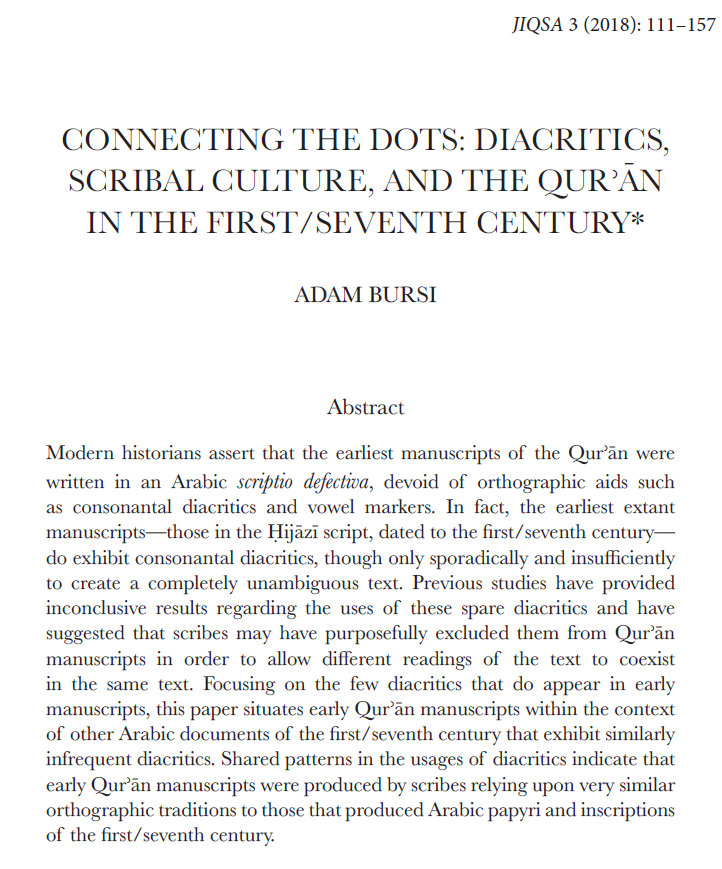
Even classical Kufic manuscripts like these often surprise you with non-canonical readers.
Red: fa-tamannaw-u l-mawta
This is the only canonical reading. But green and yellow explore two other epenthetic vowel options:
Green: fa-tamannaw-i l-mawta
Yellow: fa-tamannaw-a l-mawta
Red: fa-tamannaw-u l-mawta
This is the only canonical reading. But green and yellow explore two other epenthetic vowel options:
Green: fa-tamannaw-i l-mawta
Yellow: fa-tamannaw-a l-mawta

Clearly to Sībawayh the red reading (-u as the epenthetic vowel between -aw and a following sākin) is the default, but he also admits the -i as an epenthetic vowel.
He shows no awareness of the option with -a, which seems to be a memory of the vowel of the definite article al-.
He shows no awareness of the option with -a, which seems to be a memory of the vowel of the definite article al-.

Started looking if any other manuscripts had this -a as the epenthetic vowel besides Arabe 350a.
And yes!
1: Arabe 347(b) (Q3:177)
2. Arabe 346(b) again (Q62:6)
Haven't found any other manuscripts though...

And yes!
1: Arabe 347(b) (Q3:177)
2. Arabe 346(b) again (Q62:6)
Haven't found any other manuscripts though...


@threadreaderapp unroll
• • •
Missing some Tweet in this thread? You can try to
force a refresh






















